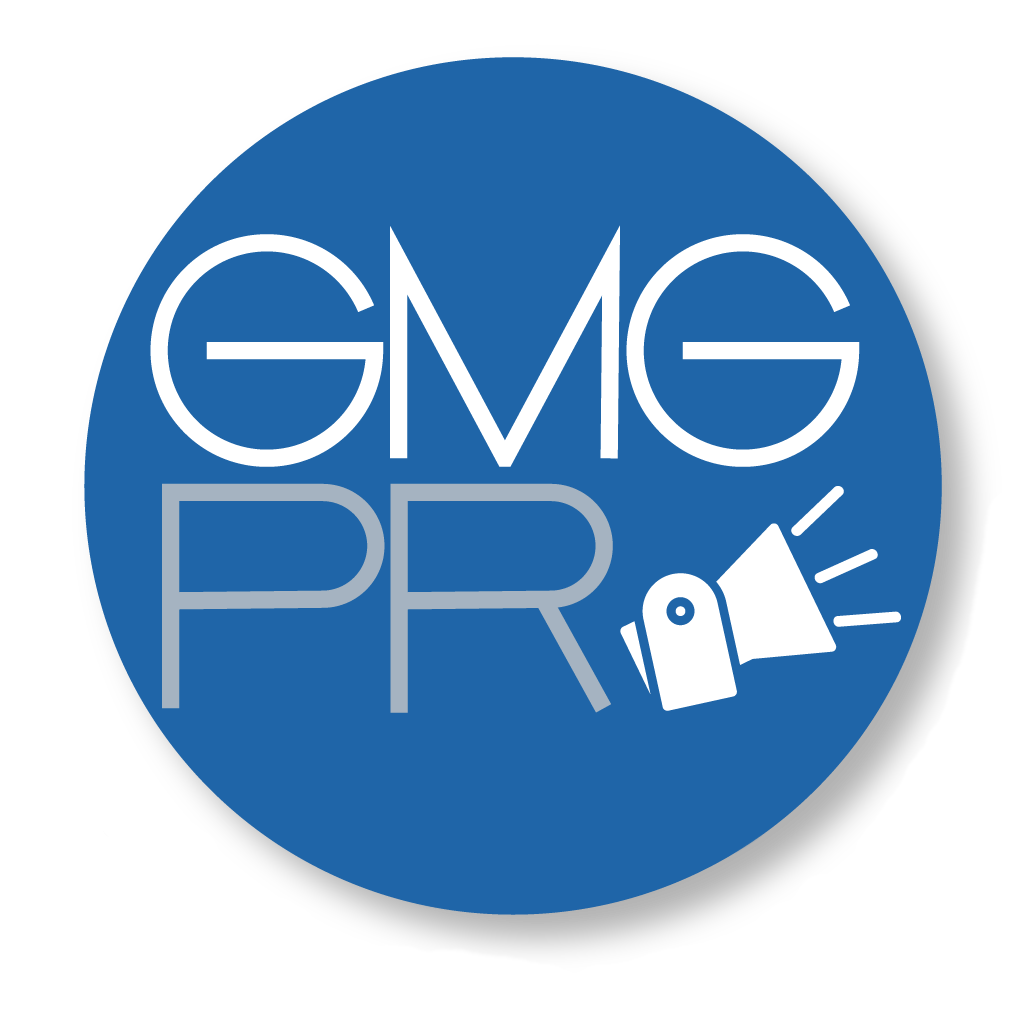Is traditional PR still relevant?
Yes. I could end this post there, but perhaps it deserves a bit more attention.
Traditional PR refers to writing press releases, contacting the media, pitching stories and getting placement. All of that is still going on, so yes traditional PR is relevant. However, the media is now a much wider audience because it doesn't just refer to the local daily paper or the weekly business newspaper. It refers to all the websites and/or blogs that may have an interest in what you are talking about. Plus, contrary to what some would have you believe, traditional media isn't dead; it is perhaps a smaller audience and the newspapers or magazines themselves might be smaller, and some have folded, but many are still very much alive. In fact, whenever I do a traditional ad (and yes I still do them), in the local business weekly, I ALWAYS get calls. Yes, always. Perhaps because my ad is very targeted as is the audience I am speaking to; and that's key. It is critical to know who you are sending your releases to and who the audience is that they are trying to reach.
So regardless of whether you are sending out a traditional press release to traditional media or creating an on-line release, some critical elements remain the same. So let's review....
While it may sound ridiculous to say "be sure to include who what where when and why", you would be amazed at how many releases still leave out some piece of critical information. Editors still tell me that they will receive releases from people (even PR firms) that have an incorrect date (Thursday the 12th, when Thursday is really the 11th), no time, no place listed, no phone number, etc. When your release is completed, just check it, who what where when why. Is everything in there? Ask someone else to proofread it for you who is unfamiliar with the subject matter; often we gloss over things that seem obvious to us, but aren't to a new reader.
Next, be sure to put your critical information in the top paragraph and the last. If the media has little room (which is often the case), they will often reduce the release by taking out the middle.
When sending a release, ask yourself, is this really news? If you are sending a complete "puff" piece, you are likely to turn off the media rather than gaining their interest. Have you included and checked facts? Have you identified a trend? The media loves trends. Are you saying something that will be of interest to the readers of the publication or is it just of interest to you?
Part of the problem with writing traditional press releases as well as the problem with some people using social and new media, is that they think everyone is interested in them. Sorry to say, but truly no one is interested in you and hearing you boast. They want to know how your expertise, award, new product, etc. effects their life. What does it do for them? If you are only talking about yourself, trust me, no one will be listening.
Be sure that your release is informative and somehow enlightens the reader. Regardless of whether you are writing for the weekly business publication or an on-line audience, your information must give them something, before they will think of giving you something (the sale!).
